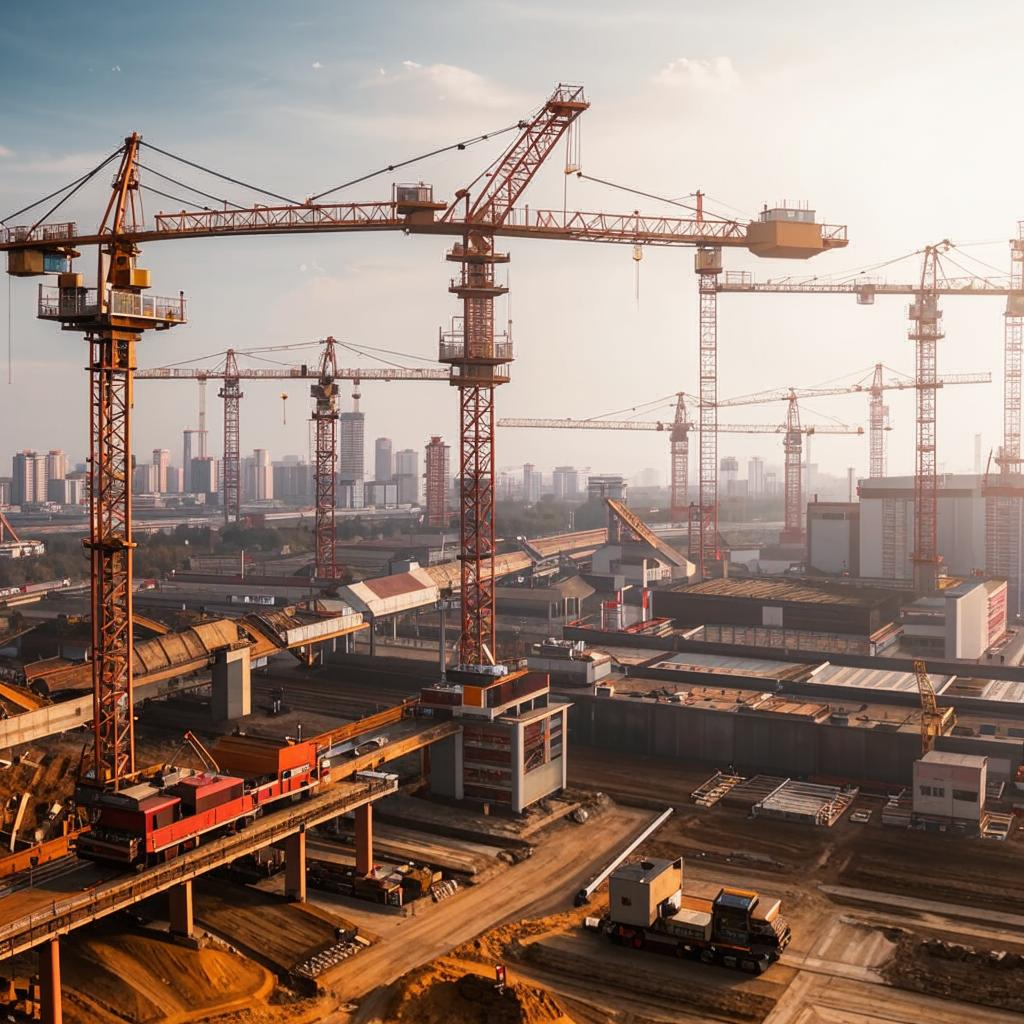Corporate bankruptcies are on the rise in 2024, signaling a return to more typical levels after the artificially suppressed numbers seen during the pandemic years. Factors such as increased interest rates, inflation, and the phasing out of pandemic-era financial aid programs are contributing to this increase.
While the rise in bankruptcies might seem alarming, experts emphasize that current levels are not necessarily indicative of an economic crisis. Instead, they reflect a market correction following a period of unusual stability. The low-interest rate environment and government stimulus measures during the pandemic prevented many struggling companies from filing for bankruptcy. As these supports disappear, businesses that were already vulnerable are now facing financial distress.
The increase in corporate bankruptcies is most evident in sectors heavily affected by inflation and shifting consumer behavior. Retail, consumer discretionary, and real estate are among the industries experiencing the most significant uptick in filings. This trend highlights the challenges businesses face adapting to the evolving economic landscape.
While the increase in bankruptcies poses challenges, it also presents opportunities for restructuring and consolidation within various industries. Companies can use bankruptcy proceedings to shed debt, reorganize operations, and emerge stronger. Additionally, the increase could potentially spur innovation and efficiency as companies seek to compete in a more competitive environment. However, layoffs and economic disruption are negative impacts too.
The overall impact of rising bankruptcies on the economy will depend on various factors, including the pace of economic growth, the trajectory of interest rates, and the effectiveness of government policies. Economists will closely monitor these trends to assess the potential risks and opportunities associated with this shift.
Finishtit















